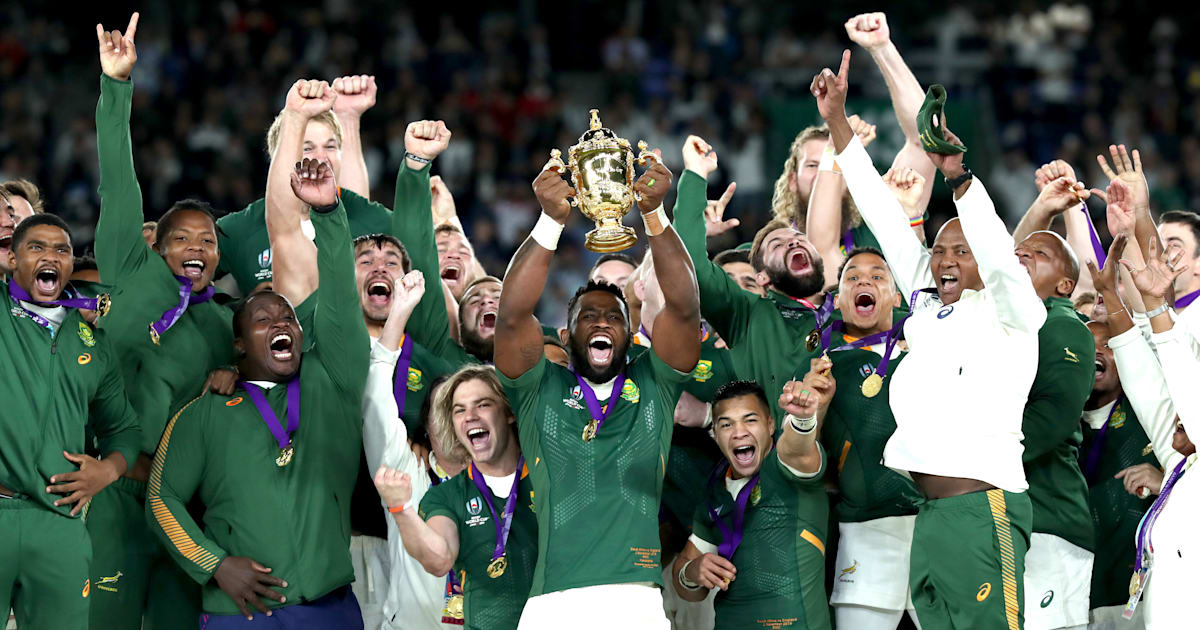The concept of a global Rugby Club World Cup, pitting the strongest teams from the Northern and Southern Hemispheres against each other, continues to develop. However, significant questions persist regarding its practical implementation, according to recent statements from the New Zealand Rugby Union (NZR).
The proposed tournament is tentatively scheduled for the end of the 2027-28 season. The current outline suggests a 16-team format, comprising seven representatives from Super Rugby, one team from Japan, and eight clubs from the Northern Hemisphere. The Northern Hemisphere contingent would primarily qualify through performance in the Champions Cup, which includes participating South African franchises from the URC.
While the seven rugby unions party to EPCR (European Professional Club Rugby) have reportedly given their conceptual approval for holding the first edition of the Club World Cup in 2028, the pathway to a final agreement appears less straightforward. NZR has indicated that while discussions are ongoing, the initiative remains firmly in the planning phase.
The key sticking points, as identified by New Zealand Rugby, revolve around the need for extensive refinement of both the organisational and commercial aspects of the proposed event. Translating an exciting concept into a viable, profitable, and logistically sound tournament requires meticulous attention to detail – a phase that NZR clearly believes is far from complete.
In essence, while the vision of a true global club championship excites fans and administrators alike, the practical realities of revenue sharing, scheduling within an already crowded calendar, player welfare, and operational logistics are proving to be substantial hurdles. The enthusiasm from some quarters is met with a pragmatic insistence from others that the foundations must be robust before the structure can truly stand.
The project is moving forward, but it seems stakeholders like New Zealand Rugby are exercising due diligence, ensuring that the tournament isn`t just a good idea on paper, but a sustainable success in reality. The contours may be appearing, but the essential details require further, careful sculpting before any final whistle can sound for this ambitious global competition.

